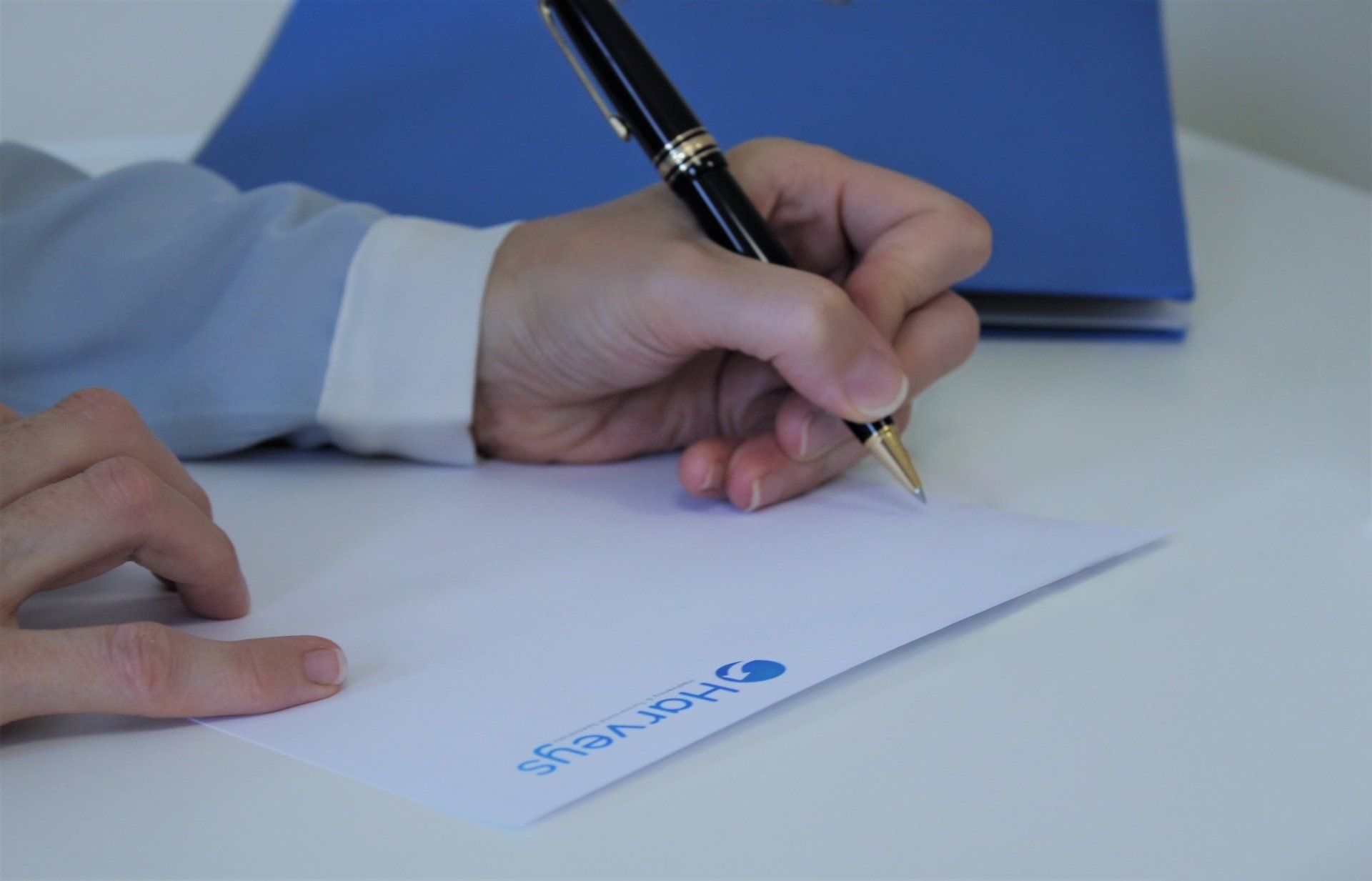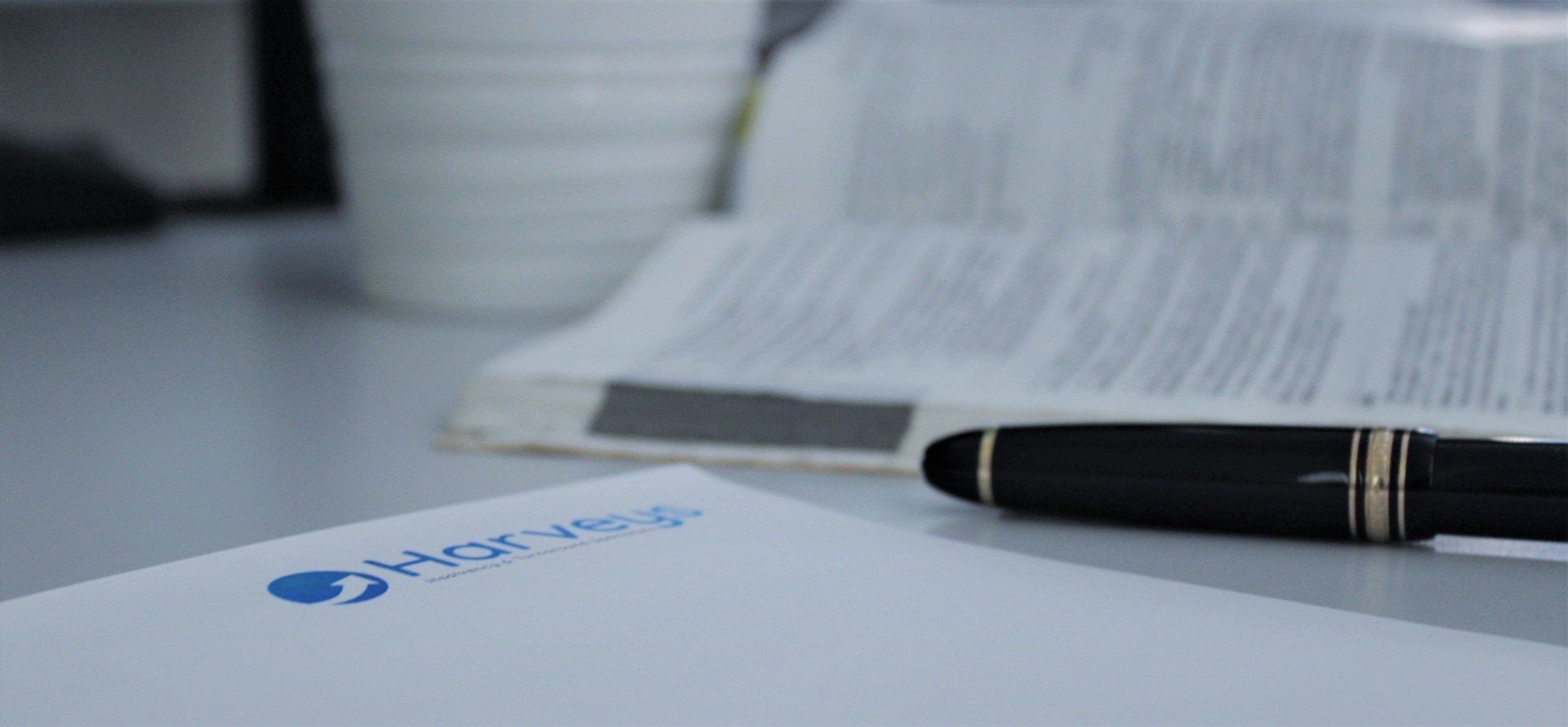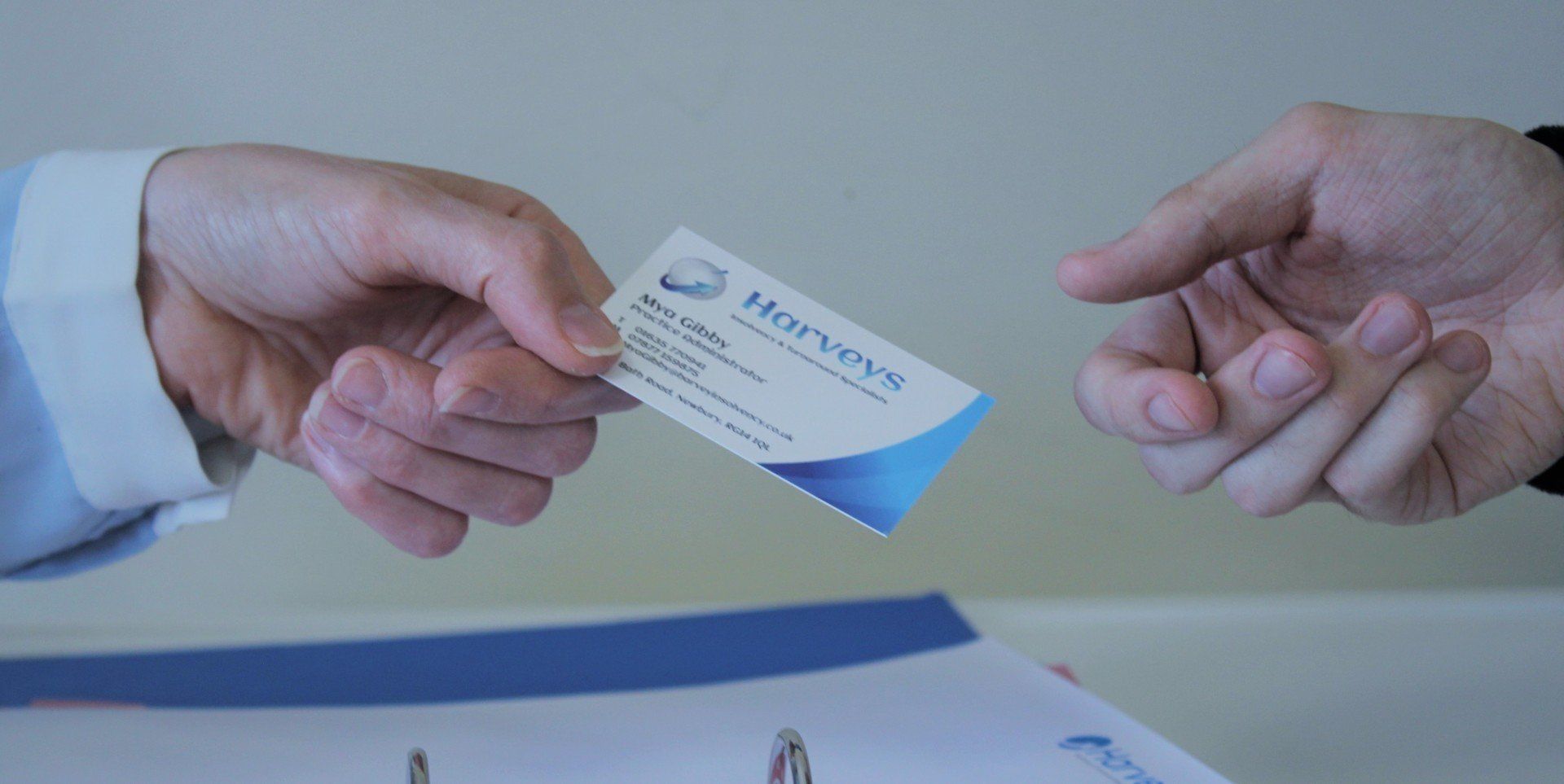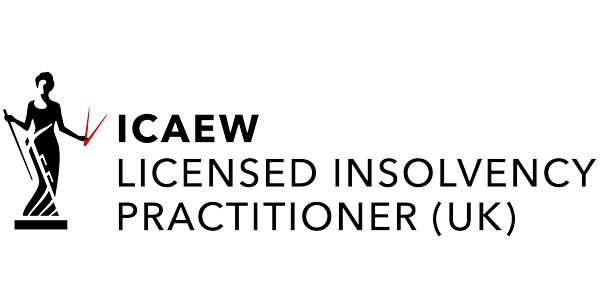Criminals may have claimed billions through the Bounce Back Loan Scheme

An analysis of the government loan scheme for struggling small businesses by the National Audit Office (NAO) has suggested that criminals could have stolen more than £1.9 billion from taxpayers.
The report also found that the Bounce Back Loan Scheme succeeded in quickly supporting small businesses, but the government faces a potential loss of £15 billion to £26 billion based on losses of between 35% and 60%, on the assumption that lending reached £43 billion. But a worst-case scenario puts defaults as high as 80% or £34 billion
The Bounce Back Loan Scheme was announced on 27th April 2020 to quickly provide loans of up to £50,000, or a maximum of 25% of annual turnover, to registered and unregistered small businesses to support their financial health during the COVID-19 pandemic.
The Department for Business, Energy & Industrial Strategy (BEIS) and the British Business Bank (the Bank) expect the Scheme to lend £38 billion to £48 billion by 4th November, substantially exceeding the assumed £18 billion to £26 billion when it launched. As of 6 September, HM Treasury data shows that the Scheme has delivered more than 1.2 million loans to businesses, totalling £36.9 billion. Around 90% of the loans have gone to micro businesses1 with turnover below £632,000. The real estate, professional services and support activities sectors received the largest amount of support – £8.5 billion from 283,000 loans.
The loans are delivered through commercial lenders such as banks and building societies. The Government provides lenders a 100% guarantee against the loans under the Scheme. Businesses are expected to repay the debt in full and failure to do so may negatively affect their credit score and ability to borrow in the future. However, if they do not repay in full, the government will step in and repay the lender. The five largest UK lenders have been responsible for 89% of the value of the loans distributed.
The NAO found that lenders approved loans for existing business customers within 24 to 72 hours but approval times for new customers take substantially longer. Two large lenders that offer loans to new customers estimate that these applications may take between four and 12 weeks because of the high volume received and operational constraints relating to the pandemic.
The government imposed less strict eligibility criteria for the Bounce Back Loan Scheme than other COVID-19 related business loan schemes2, to improve quick access to finance for smaller businesses. It relies on businesses self-certifying application details with limited verification and no credit checks performed by lenders for existing customers. This lower level of checks presents credit risks as it increases the likelihood that loans are made to businesses which will not be able to repay them, leading to losses of taxpayers’ money.
Government also recognises that the decision to provide funds quickly leaves public money exposed to the risk of fraud. A third-party review commissioned by the Bank found that, while some risks can be mitigated, there remains a “very high” level of fraud risk, caused by self-certification, multiple applications, lack of legitimate business, impersonation and organised crime.
The nature of the Scheme places the responsibility for managing fraud risk on the lenders as part of the loan approval process. To support lenders, the Bank established fraud prevention forums to share best practice and aid implementation of additional fraud measures, including a method to prevent duplicate applications. The Bank, alongside BEIS and lenders, intends to start using the information they collect centrally to provide monthly fraud reports from October 2020 onwards. The Bank is currently unable to estimate the overall level of fraud. The Cabinet Office’s Government Fraud Function believes that fraud losses are likely to be significantly above the 0.5% to 5% which is generally estimated for public sector schemes.
As a result of credit and fraud risks, BEIS and the Bank have made a preliminary estimate that 35% to 60% of borrowers may default on the loans, based on losses observed in previous programmes which are most similar to the Scheme. Assuming the Scheme lends £43 billion, this would imply a potential cost to government of £15 billion to £26 billion, but these estimates are highly uncertain. Over the coming months, the extent of losses due to fraud will become clearer, but the full extent of losses, both credit and fraud, will not emerge until the loans are due to start being repaid from 4th May 2021.
Government provides a 100% guarantee to lenders owing to the absence of credit checks, but this reduces the lenders’ incentives to recover money from borrowers. If a borrower does not repay the loan, lenders are still expected to try to recover the loan, but they can claim on the government’s guarantee within “a reasonable time” or if no further payment likely. Any outstanding debt collected by the lender after the guarantee has been claimed should be paid back to the government.
On 24th September, the government announced the extension of the Scheme as part of the Winter Economy Plan. The Scheme will offer borrowers more time and more flexibility for loan repayments under its ‘Pay as you Grow’ option, though details are yet to be announced.
The NAO calls for government to implement a thorough debt-recovery process with lenders and consider how it might better prevent fraud in any future schemes.
Gareth Davies, Head of the NAO said “With concerns that many small businesses might run out of money as a result of the COVID-19 pandemic, government acted decisively to get cash into their hands as quickly as possible.”
“Unfortunately, the cost to the taxpayer has the potential to be very high, if the estimated losses turn out to be correct. Government will need to ensure that robust debt collection and fraud investigation arrangements are in place to minimise the impact of these potential losses to the public purse. It should also take this opportunity to consider now the controls it would put in place to protect against the abuse of any future such schemes.”








